The best face moisturisers to hydrate, soften, and support your skin
Find the best face moisturiser and everything else will follow - these are our ultimate skin-hydrating picks
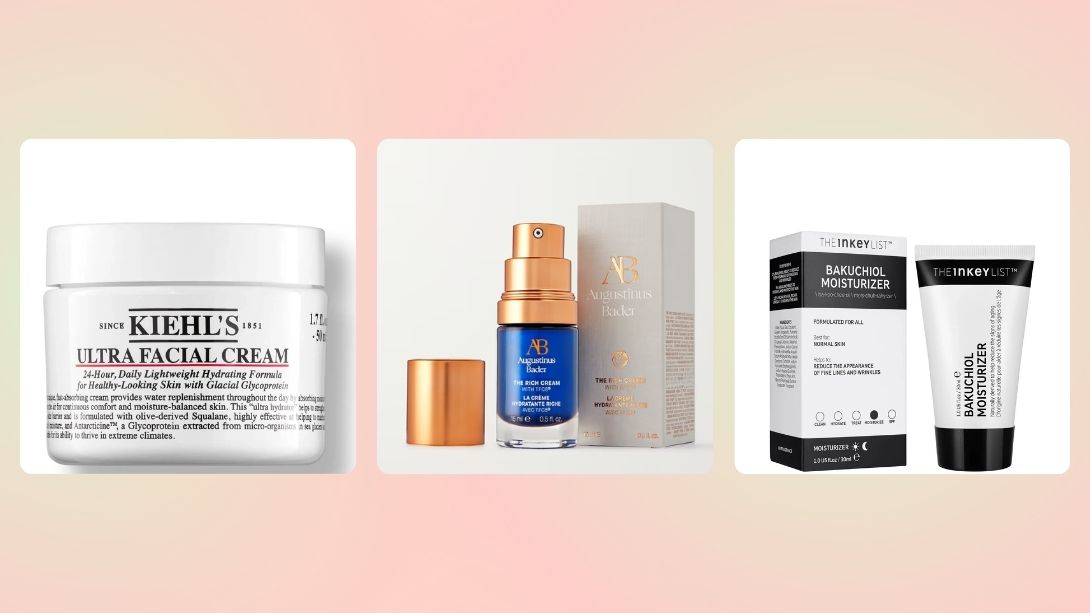

Emma Stoddart
The best face moisturiser can do a lot of things: it can hydrate (obviously), it can make tight skin feel comfortable, soften rough texture, and plump up lines from within. Depending on the ingredients and who it's aimed at, your face cream can also help rebalance oil production, fortify your skin barrier, gently improve tone, and soothe sensitivity.
With that said, there are also a lot of things that even the very best face moisturisers can not do. They are not active treatments that do the heavy lifting in your skincare routine—that job belongs to things like the best hyaluronic acid serums skincare acids, ascorbic acid (aka Vitamin C), and the best retinol creams. Also, despite some claims, your face cream will not eradicate wrinkles, firm skin, shift pigmentation, or drastically overhaul skin texture. That simply isn't the job of a moisturiser.
Hopefully, this little reality check hasn't proven too disheartening, because actually, there's nothing wrong with a gentle product. It's this softly-softly approach that makes face hydrators one of the most universal skin essentials around. Young, old, male, female—chances are, if you use only one product it's a moisturiser. And there are as many options on the market are there people looking for their perfect hydrator. That's where this guide comes in.
The best face moisturisers, chosen by our beauty team
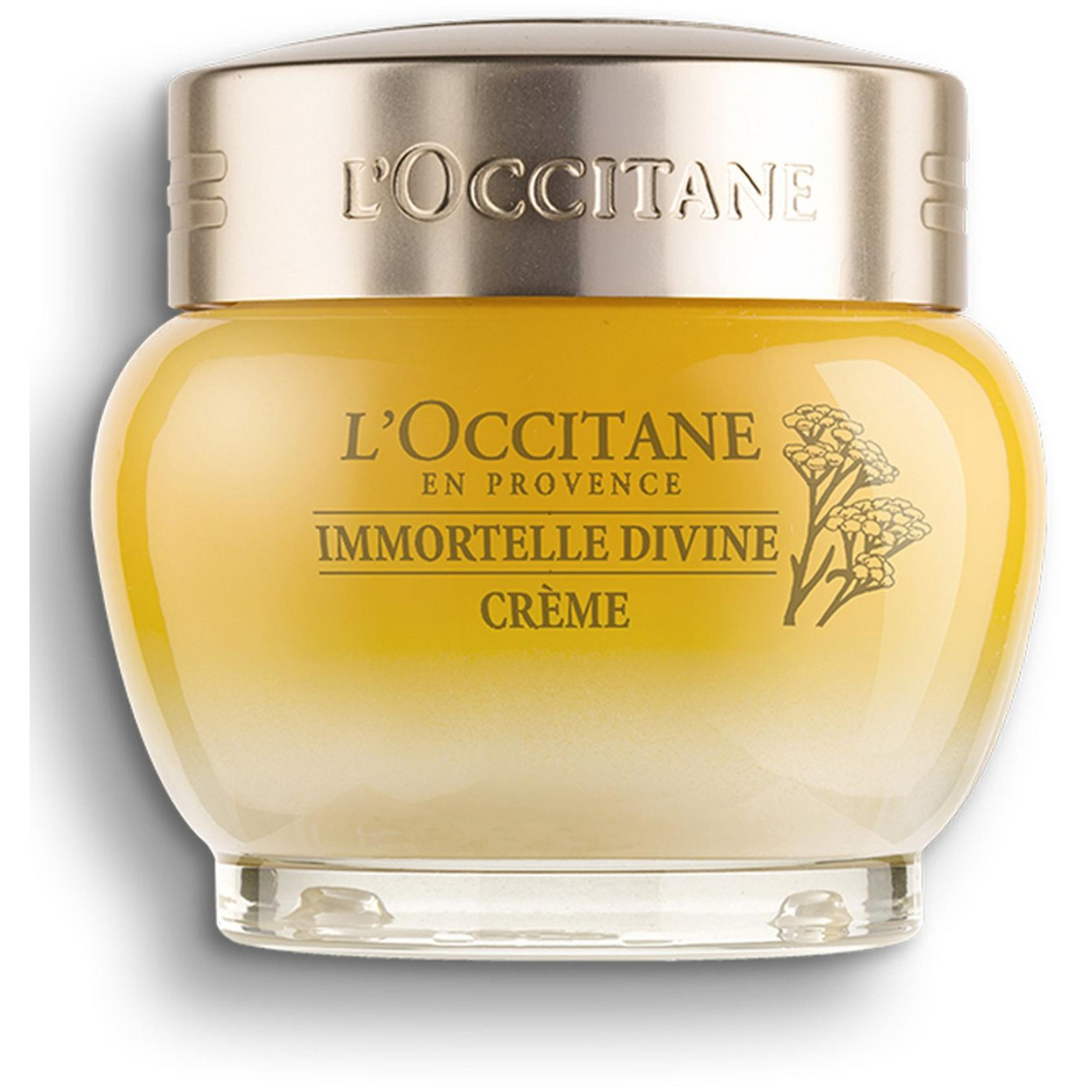
RRP: £79
It is hard to imagine anyone trying it and not immediately falling in love with the L'Occitane Immortelle Divine Cream. It's beyond beautiful, with its sunshiny yolk-yellow pot and Provence-in-the-summertime floral fragrance. From a skin-science perspective it packs a punch too, with star ingredient immortelle flower—in both extract and essential oil form—working as a powerful collagen and structure-booster, a protective antioxidant and deep nourisher thanks to natural omega oils.
It's got a medium-rich feel that's silky, not claggy. It sinks in well, but you will feel it comforting and supporting the skin for hours after application. If you are on a very strict budget this might not suit you. Otherwise, it's a total winner.
Buy if: You want the best of the best
Avoid if: You're on a strict budget
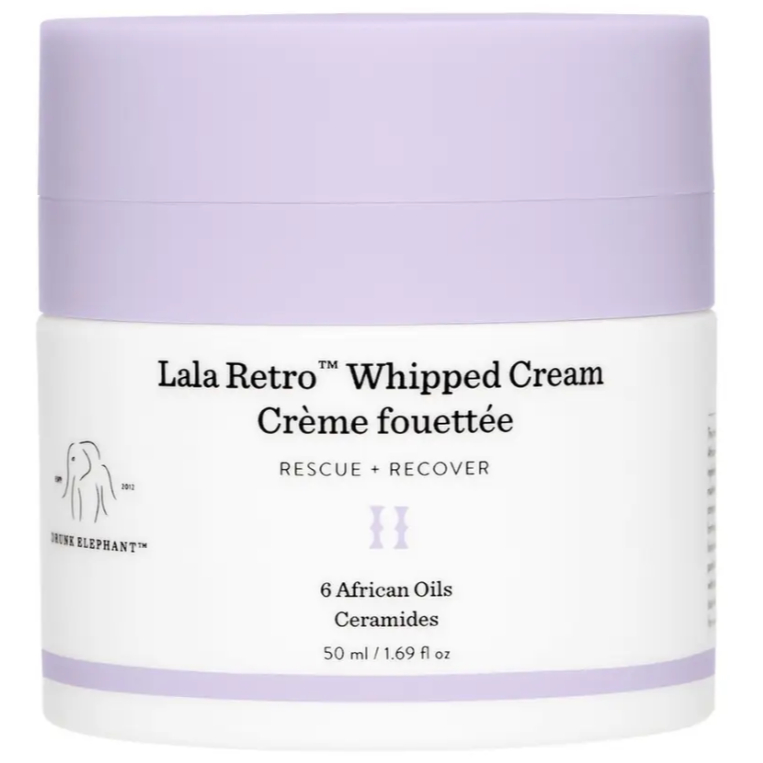
RRP: £59
Drunk Elephant’s LaLa Retro Whipped Cream has taken our social media by storm. This clean beauty brand is famous for what it doesn’t include—otherwise known as ‘the suspicious 6’—such as fragrance, SLS and dyes. But let’s focus on what this moisturiser does include. Featuring six African oils, you’ll find nourishing marula oil, soothing baobab and strengthening mongongo among others.
Alongside oils, the cream contains moisture-retaining ceramides and fermented green tea to help minimize signs of aging. While it’s described as ‘a velvety rich cream’, it has an incredibly lightweight feel and sinks into the skin in seconds delivering a steady hit of hydration throughout the day. The results? Nourished, hydrated skin that looks radiant.
Buy if: You want a lightweight texture
Avoid if: You'd be annoyed by the container, which won't show how much is left
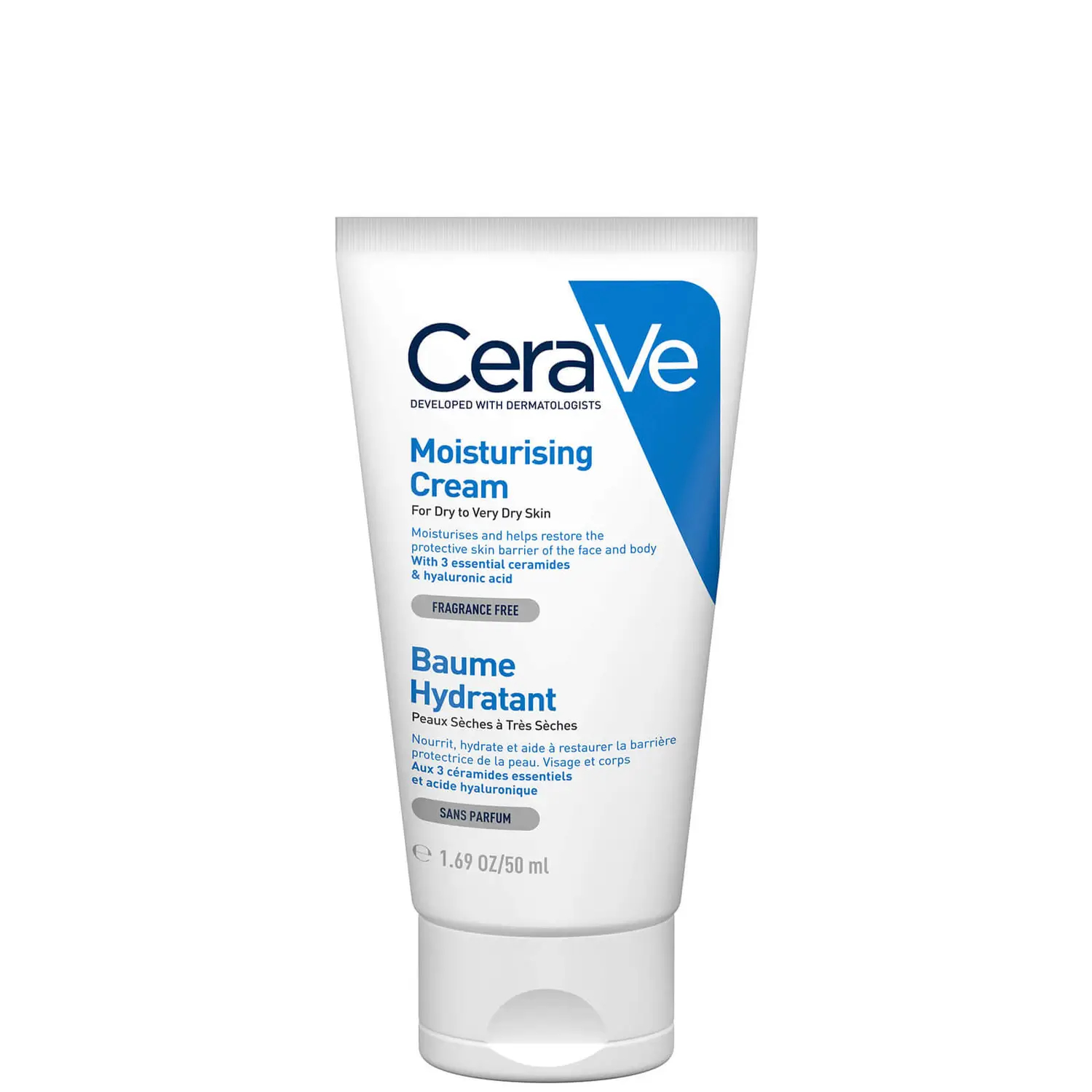
RRP: £9
As with everything CeraVe creates, the formula is centered around ceramides. This emollient ingredient rebuilds natural ceramide stores within the skin, which helps build a strong barrier to prevent water from getting out and irritants from getting in. This barrier-boosting cream contains three forms of gentle giant ingredient ceramides, plus we get good old hyaluronic acid to grab (and hold onto) moisture for hydration.
And that's your lot really. This is a perfect example of 'does what it says on the tin' beauty; a traditionally textured cream that makes skin feel demonstrably comforted, without making promises it can't keep or containing anything that will irritate. Sure the tube might not be show-it-off-on-the-dressing-table glamorous, but if you had one knocking about in a drawer you'd come back to it again and again.
Buy if: You want to spend under £10
Avoid if: You like more glamorous packaging
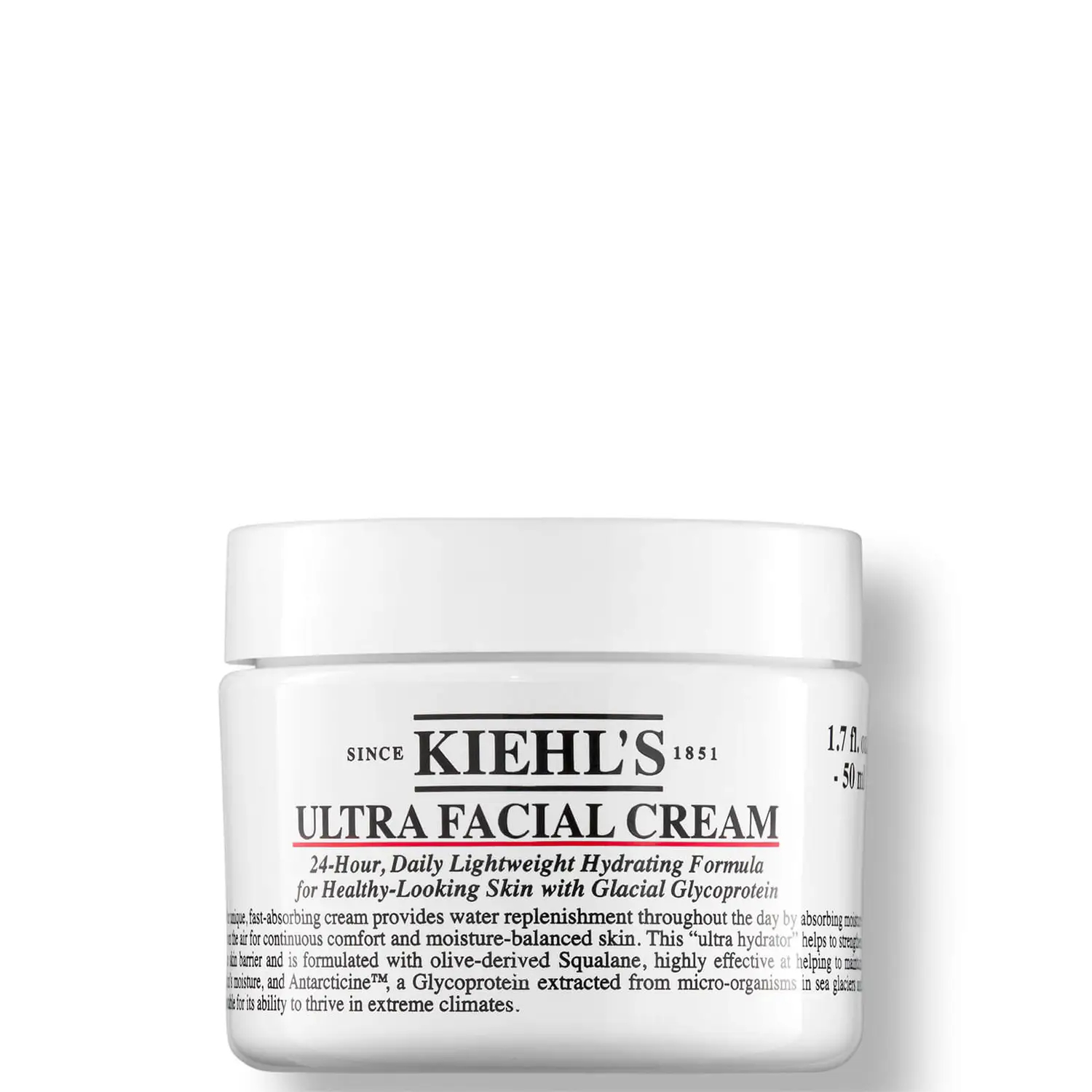
RRP: £28
If your face is mostly well-behaved, but occasionally gets caught up in a spot of congestion, dehydration, or reactive bother, you'd probably like a moisturiser that could cope with a bit of everything. The Kiehl's Ultra Facial Cream would be a truly useful moisturiser to have on standby, no matter who you are. It deeply hydrates with a blend of humectant hyaluronic acid, emollient olive-derived squalane, and occlusive polymers—all nicely balanced to tick off any moisturising needs.
Probably the best thing about this cream is its unobtrusive nature and ability to gel with just about any other product—skincare or makeup—happily working to hydrate, either alone or after five other steps. It feels glorious, all slippery and glossy, and smells of nothing because it's unfragranced (great news if your skin is having a sensitive moment).
Buy if: You've got unpredictable skin
Avoid if: You prefer a fragranced cream
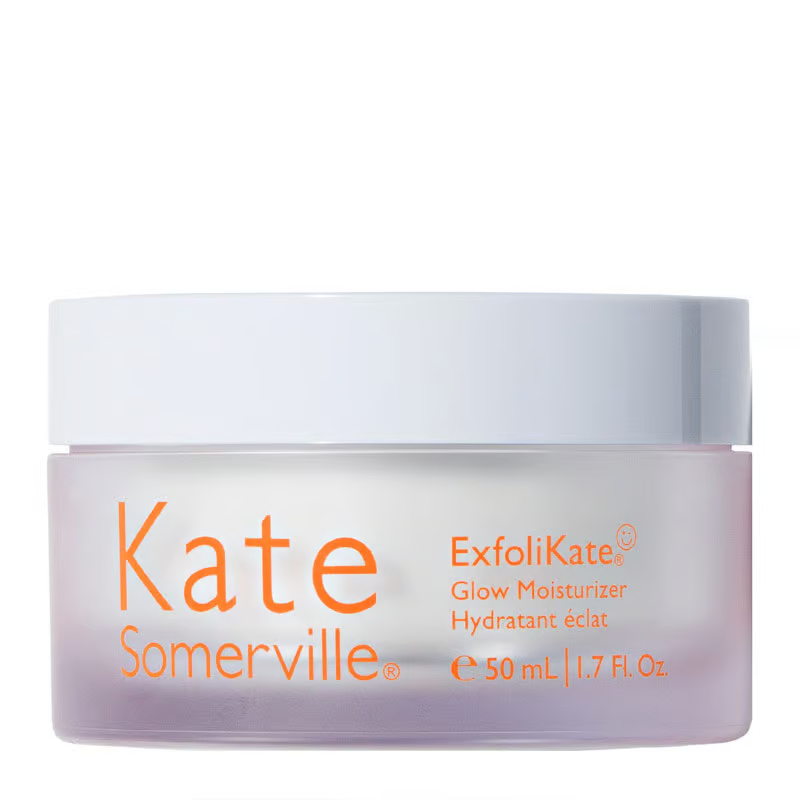
RRP: £58
The Kate Somerville ExfoliKate Glow Moisturiser is effective for hydrating the skin, with hyaluronic acid in a quenching water base, but it's also a very rigorous exfoliator, thanks to a combination of not one, but two alpha hydroxy acids, plus fruit enzymes. This merry band of skin-sloughers work together to shift dry old cells from the skin's surface, which immediately and noticeably boost skin texture and glow—all great stuff.
We wouldn't recommend using this twice a day. There is a fine line between glowingly gorgeous and stripped and sensitized. That's not to say this hasn't been carefully formulated; it has a sensible balance between moisturisers and acids but, even so, be cautious. In an ideal world, this would be your every-second-night cream, subbed in with something basic that's all about nourishment. Do that and your peachy, plumped-up, and smoothed-out skin will show you how happy it is that you went down the exfoliating moisturiser route.
Buy if: You've got textured skin
Avoid if: You're more sensitive to exfoliants
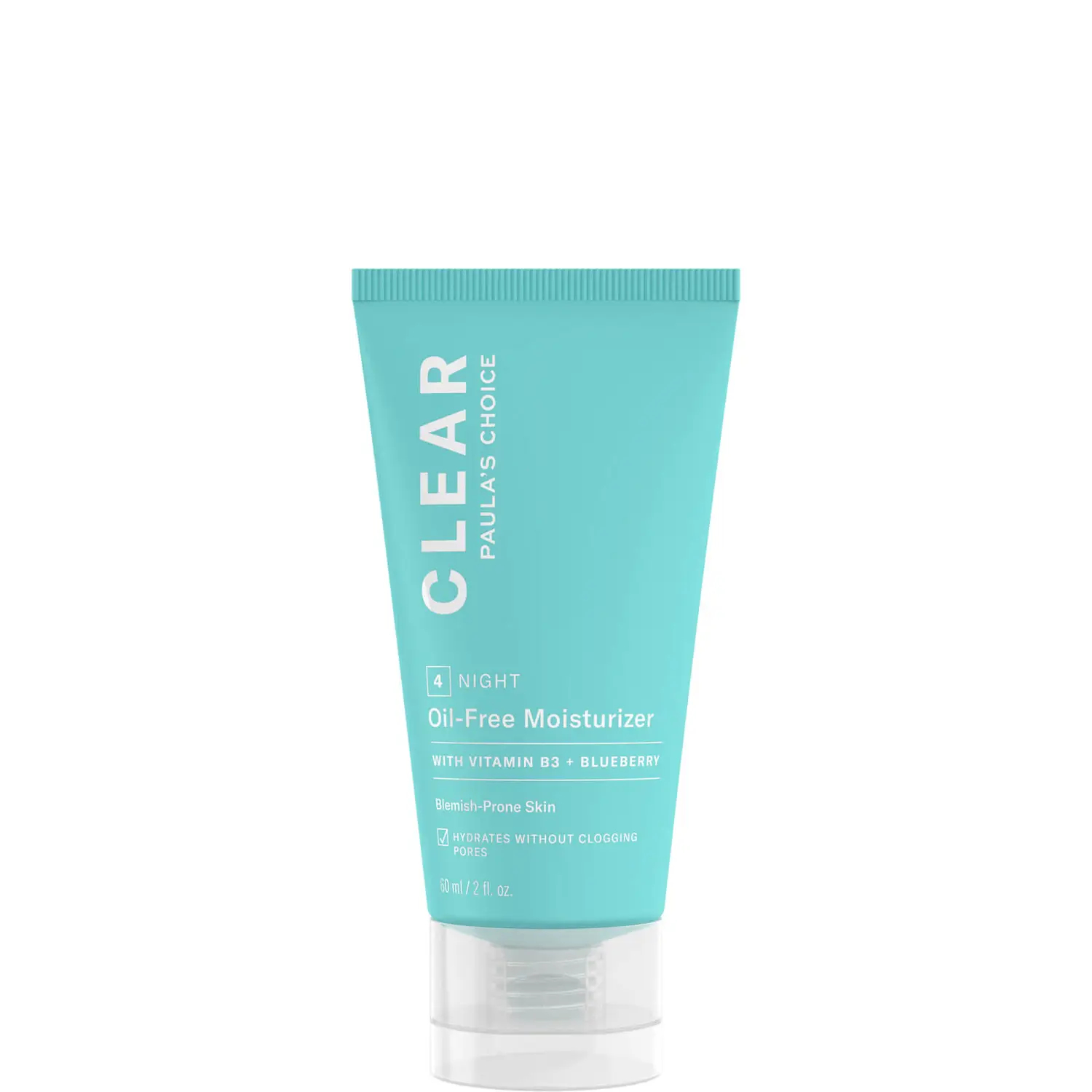
RRP: £28
The best night cream will get to work while you snooze to help repair and replenish skin. While some are heavy and cocooning, others are lightweight and breathable. This formula, from trustworthy brand Paula’s Choice, falls into camp B. Oil-free and non-greasy, this carefully blended cream has been created with acne-prone skin in mind.
Starring three superstar ingredients—niacinamide, ceramides and blueberry extract—the lightweight lotion helps minimise pores, strengthen the skin’s barrier and calm redness, all without clogging pores. Skin instantly looks refreshed and will become clearer over time, too. To incorporate this cream into your skincare night routine, massage a small amount (warning: a little goes a long way) into your face after cleansing and toning. Come morning, your skin will look revived. Sold?
Buy if: You struggle with oily skin
Avoid if: You want a thicker texture
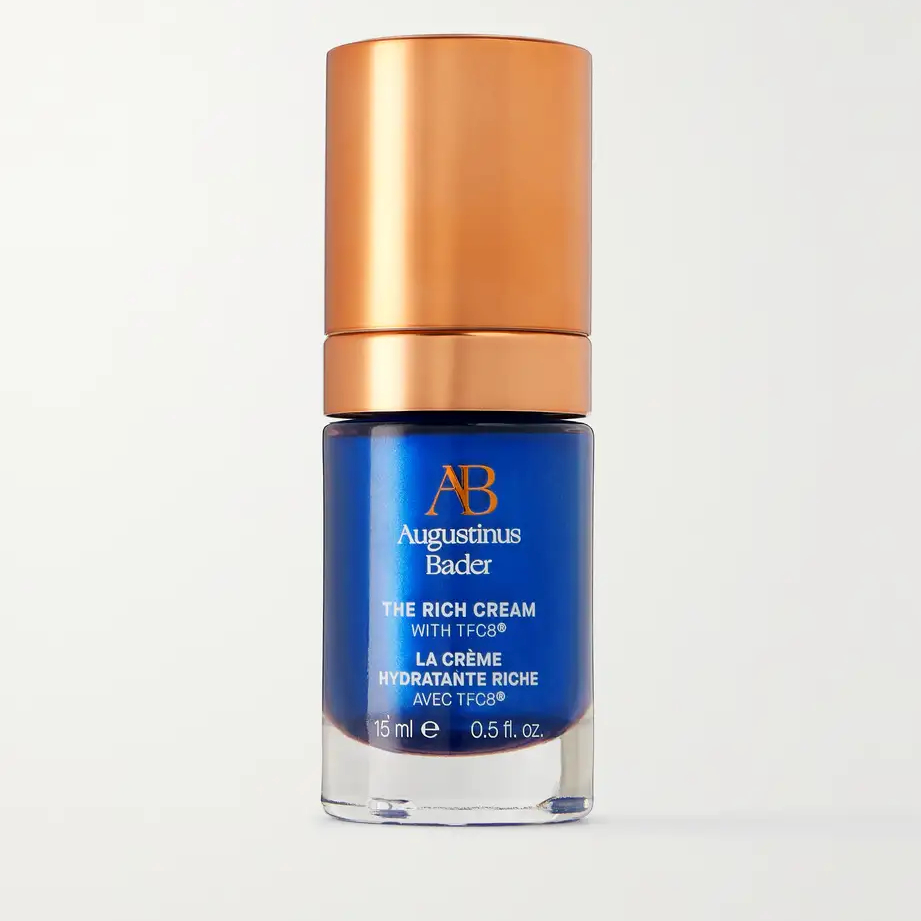
RRP: £125
This justly-hyped cream is unlike many face moisturisers, as it actually undertakes active work on elements of the skin such as texture and tone. This comes down to the proprietary TCF8 complex, a 30-years-in-the-making combination of nutrient-dense botanicals, amino acids, and 20+ other elements from world-renowned scientist and regenerative medicine pioneer, Professor Bader. If the formula sounds complicated, that's because it is. All you need to worry about though is smoothing on the buttery cream and enjoying clinically-proven results on pores, pigmentation, and skin texture.
This moisturiser includes replenishing natural oils—such as avocado and evening primrose—for a juicy, plumped-up feel. As you'd hope with this much technology, the sustainably-sourced ingredients are kept stable and active in a clever airless pump, which is also recyclable. Sure, The Rich Cream is as pricy as moisturisers come, but it's also a one-stop-shop that could streamline your routine down to one cleanser and one cream, if that appeals.
Buy if: You want a cream that can do it all
Avoid if: The £125 price tag is too high
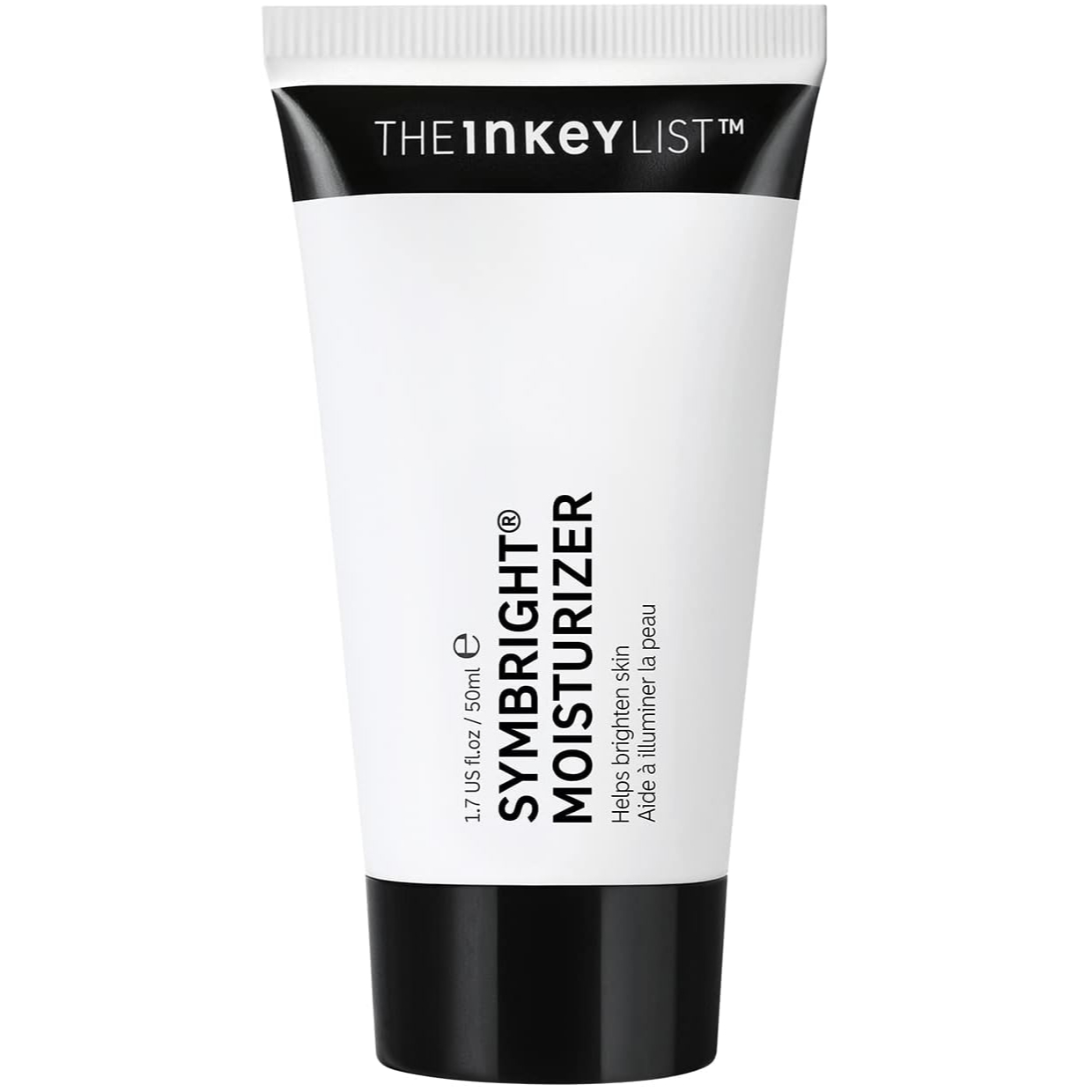
RRP: £10.99
The INKEY List is known for taking on the big boys of beauty with its potent, active-packed treatment serums (including one of the best Vitamin C serums on the market). But how does it fare with a gentler moisturising formula?
Very well indeed, actually. Forget the slightly dull-looking plastic tube, because what's inside is solid gold for hydration and skin-tone improvements. Ingredients-wise, we've got good old humectant glycerin, plus antioxidant-packed fermented clary sage, and kakadu plum extract, both of which work to combat pollution and UV-induced dullness. It may be that fermented botanical that lends this moisturiser a slight sharp tang on the nose although, for many, it will be far preferable to artificial perfume. The cream itself is slippery and almost gel-like on the skin, which gives this a modern feel and leaves a light dewiness behind.
Buy if: You're looking for a great value cream
Avoid if: You'd find the sharp smell offputting
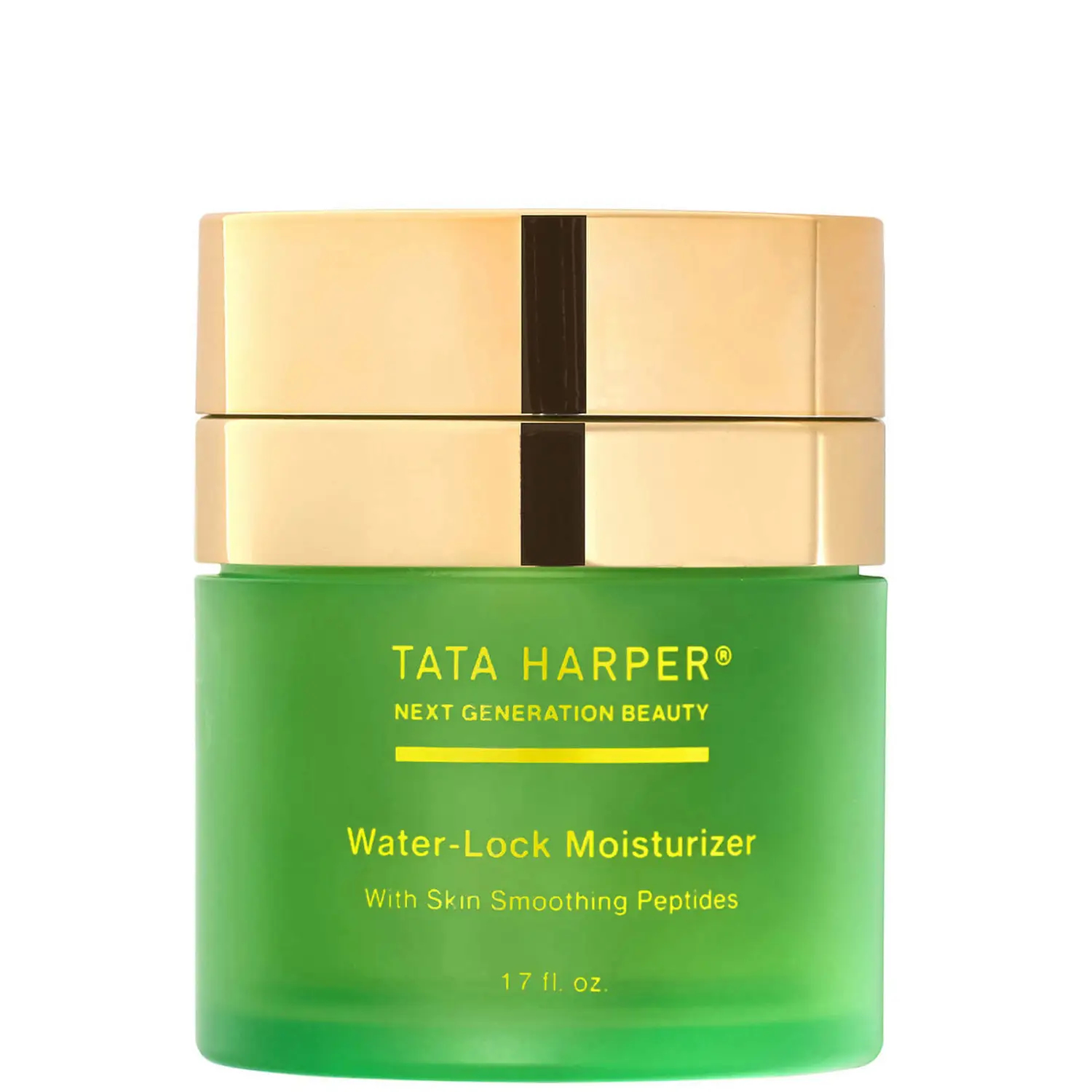
RRP: £59
Tata Harper is loved by A-listers and beauty editors alike for her luxurious line-up of natural skincare. Proving that natural can be hard-hitting, her formulas pack a potent punch to deliver incredible results. Brimming with hydrating hyaluronic acid, water-trapping pomegranate extracts, and strengthening orange-derived peptides, this gel cream is focused on protecting skin from harmful aggressors while also preventing moisture loss. Translation? It’s basically your skin’s barriers new best friend.
Ingredients aside, the refreshing texture instantly soothes skin, leaving it silky soft and just the right amount of dewy. Foundation sits perfectly on top, too. If, like us, you get through a tub quickly—you can purchase refill pods that snap into the green jar to reduce waste. Clever!
Buy if: You struggle with oily skin
Avoid if: You want a thicker texture
How to pick the best face moisturiser for you
Moisturisers fall into three main categories; emollients, humectants, and occlusives. It's worth familiarising yourself with these distinctions, as they're clues to how the moisturiser will feel and if it's likely to suit you. Bear in mind these are not mutually exclusive, so a product with humectant ingredients can also contain emollients, occlusives, or a combination of all three.
- Emollients: Emollients can be oil, water, lipid, or butter-based, and work to replenish and condition skin, helping it hold onto natural moisture. This makes them a great choice for normal to dry skin types, as well as dehydrated skins that lack water. Very oily skin may find some emollients a bit rich, although textures can vary. Emollients to look out for include shea butter, ceramides, squalane, and coconut oil.
- Humectants: These increase hydration by drawing water into the skin from the atmosphere and holding onto it. This helps make tight skin feel more comfortable, as well as appear plump. Humectants are great for any skin type but work particularly well as day creams or the best night creams for oily skin as they hold hydration within the skin rather than creating a heavy layer on top of it. The most famous humectant is hyaluronic acid, but glycerin, aloe vera, and lactic acid are also members of the humectant club.
- Occlusives: Occlusives are generally the thickest moisturising ingredients. They create a rich layer on top of the skin that prevents water loss, which not only makes skin feel comfortable but can also protect a depleted barrier from irritants. Naturally, occlusives' heavier feel means breakout-prone skin isn't likely to love being smothered in one, but they are often a key ingredient in the best moisturisers for dry skin as well as the best face oils. Seek out beeswax, lanolin, silicones—such as dimethicone—and petroleum jelly (the ingredient often used in skincare trend slugging, which you can find out more about in our what is slugging guide)
Budget is another key consideration in picking the best face moisturiser, as are added ingredients—think gentle acids, vitamins and face moisturiser with SPF. A lot comes down to texture, too. Cream, gel, fluid, and oils are all an option, and the right one for you really comes down to preference. If you have dehydrated skin, chances are you will enjoy the feeling of a rich cream more than someone with naturally oily skin, who will likely prefer a lighter and fresher texture.
Sign up for the woman&home newsletter
Sign up to our free daily email for the latest royal and entertainment news, interesting opinion, expert advice on styling and beauty trends, and no-nonsense guides to the health and wellness questions you want answered.

As woman&home's Beauty Channel Editor, Fiona Mckim loves to share her 15+ years of industry intel on womanandhome.com and Instagram (@fionamckim if you like hair experiments and cute shih-tzus). After interning at ELLE, Fiona joined woman&home as Assistant Beauty Editor in 2013 under industry legend Jo GB, who taught her to understand ingredients and take a cynical approach to marketing claims. She has since covered every corner of the industry, interviewing dermatologists and celebrities from Davina McCall to Dame Joan Collins, reporting backstage at London Fashion Week and judging the w&h Beauty Awards.
-
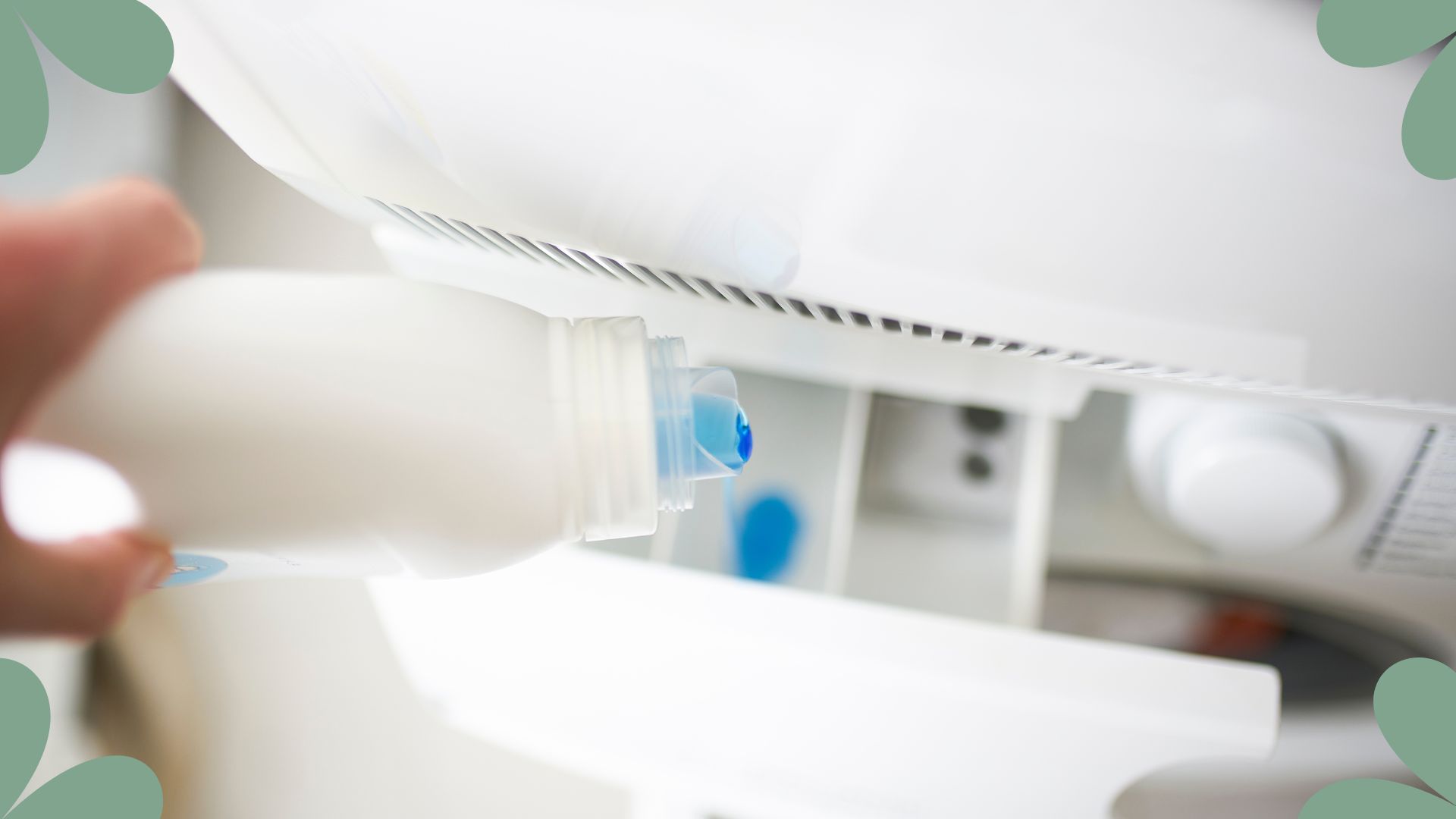 Lynsey Crombie reveals the surprising laundry mistake leaving your clothes smelling 'stale and nasty'
Lynsey Crombie reveals the surprising laundry mistake leaving your clothes smelling 'stale and nasty'Do your clothes smell unpleasant even after you've washed them? It could be your fabric conditioner
By Emily Smith Published
-
 Only have time to exercise at the weekend? Here's why that's no bad thing
Only have time to exercise at the weekend? Here's why that's no bad thingYou might think that you have to exercise multiple times a week to reap the benefits, but new studies on weekend exercise show that's far from the case
By Grace Walsh Published